Mineral: Arsenopyrite
Chemical Formula: FeAsS
Critical Element: Arsenic (As)
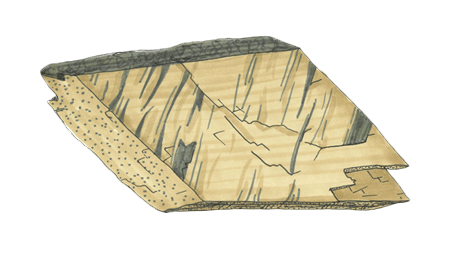
|
Mineral: Bauxite
Chemical Formula: Al(OH)3 or AlO(OH)
Critical Material: Aluminium (Al)
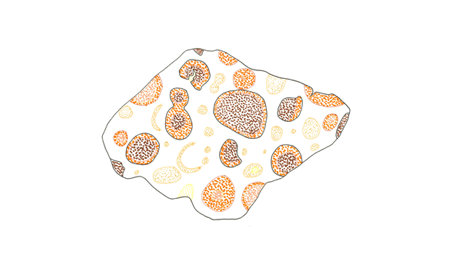
|
Discovery: Arsenic was discovered by German alchemist, Albertus Magnus in 1250
Main Uses: Wood Preservative, night vision goggles, alloyed with lead in car batteries and herbicide.
Top Producers: China, Chile, Morocco, Peru and Belgium.
Geological Setting: Arsenopyrite can be found in:
- Hydrothermal vents - where minerals dissolved in warm water are deposited on the sea bed.
- Pegmatites - Pegmatites are coarse-grained igneous rocks that typically exhibit extreme variations in grain-size, from a few millimetres up to many metres. Pegmatites are typically considered to be residual melts that form during the late-stages of crystallisation of a body of magma. As such they represent the final portion of a magma to crystallise and tend to be enriched in incompatible elements, for example lithium, tantalum, niobium, and caesium. Incompatible elements are those that are not readily incorporated in major rock-forming minerals such as quartz and feldspar, because of their unsuitable ionic radii (size) and/or charge.
- Contact metamorphism - where intrusive bodies of magma heat the surrounding rock so much that the original minerals are changed.
Future Demand: Arsenic is used in small amounts in electronics, a sector which is rapidly growing. However, the drop in the usage of arsenic in other sectors, such as herbicides, mitigate this. Arsenic is also recyclable, meaning that arsenic supply is unlikely to be an issue in the near future. World reserves are thought to be more than 20 times world production.
Environmental Issues: Arsenic is a toxic element and is included on the World Health Organisation’s list of ten chemicals of major health concern. For this reason, use of arsenic as a wood preservative has been rapidly decreasing.
|
Discovery: Pierre Berthier, a French geologist, discovered bauxite in the south of France in 1821.
Main Uses: Aluminium is alloyed with other metals for use in transport, packaging, construction and electrical wiring
Top Producers: Australia, China, Brazil, Guinea, India
Geological Setting: Aluminium is the third most abundant element on earth and is therefore found in small amounts in most rocks. However, to be economically viable, the aluminium must be concentrated. This occurs in the tropics, where chemical weathering of clays removes unwanted elements, leaving the aluminium in reddish clay layers called laterites.
Future Demand: Aluminium is a common crustal element, with reserves in Australia and Guinea projected to last for centuries.
Environmental Issues: 75% of all aluminium ever produced is still in use today because it is so easily recycled. This reduces the environmental impact of aluminium extraction and use. Increases in aluminium recycling means that the industry produced 40% less carbon than it did in 1995.
|
Mineral: Beryl
Chemical Formula: Be3Al2(SiO3)6
Critical Element: Beryllium (Be)
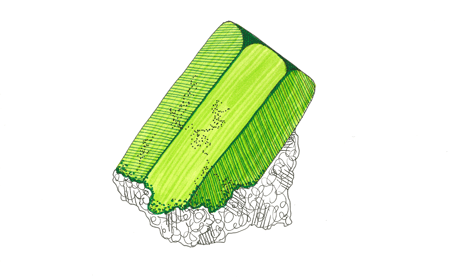
|
Mineral: Borax
Chemical Formula: Na2B4O7 · 10H2O
Critical Element: Boron (B)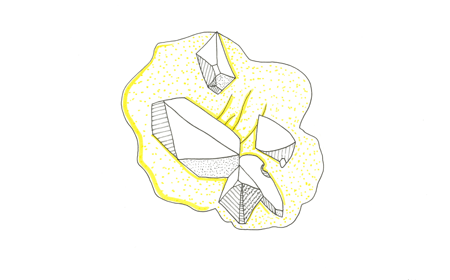
|
Discovery: Beryl has been in use since at least the 13th Century.
Main Uses: Beryllium is alloyed with copper for use in springs, aircraft and spacecraft. It is also used in brake discs, X ray protection and Nuclear reactors.
Top Producers: US, China, Mozambique, Brazil and Nigeria.
Geological Setting: Beryl can be found in pegmatites and in schists. Pegmatites are coarse-grained igneous rocks that typically exhibit extreme variations in grain-size, from a few millimetres up to many metres. Pegmatites are typically considered to be residual melts that form during the late-stages of crystallisation of a body of magma. As such they represent the final portion of a magma to crystallise and tend to be enriched in incompatible elements, for example lithium, tantalum, niobium, and caesium. Incompatible elements are those that are not readily incorporated in major rock-forming minerals such as quartz and feldspar, because of their unsuitable ionic radii (size) and/or charge.
Future Demand: Beryllium demand has been decreasing. This is partly due to its use in the oil and gas sector which is currently going through a downturn. Decreasing demand is also due to the high cost of beryllium compared to other metals and the introduction of regulations on beryllium in the air and water.
Environmental Issues: Beryllium is a toxic metal, however the oil and gas sector releases more beryllium into the environment than beryl mining.
|
Discovery: Borax was found in lake beds in Tibet in the 8th Century, where it was traded along the Silk Road.
Main Uses: Boron is used in:
- Household cleaning products
- Pyrex glass
- MRI machines
- Fibreglass
Top Producers: US, Turkey, Chile, Tibet, Bolivia and Romania
Geological Setting: Borax occurs in evaporite deposits. When large bodies of water evaporate, elements dissolved in the water precipitate as salts.
Future Demand: Global demand for boron is likely to slowly increase in the future. This is mainly due to its use in glass construction and in fibreglass, as homes become more insulated to reduce energy usage.
Environmental Issues: Mining borax,comes with relatively few environmental impacts. While boron in the environment is a low level toxin, it can be used in small scale gold mining as a substitute for mercury, a much more harmful metal.
|
Mineral: Cassiterite
Chemical Formula: SnO2
Critical Element: Tin (Sn)
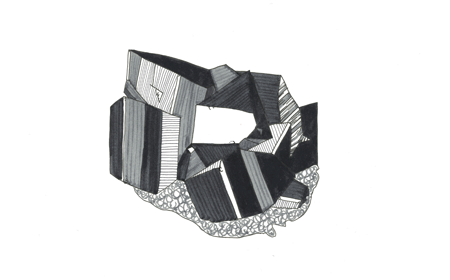
|
Mineral: Cattierite
Chemical Formula: CoS2
Critical Material: Cobalt (Co)
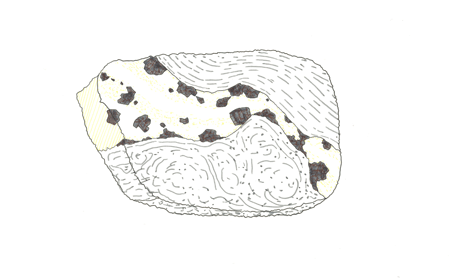
|
Discovery: Tin was one of the first metals used by humans, with the cassiterite ore in use throughout ancient history.
Main Uses: Solder Tin plating, which reduces the corrosion of other metals, LCD screens and food packaging.
Top Producers: China, Indonesia, Peru, Bolivia and Brazil.
Geological Setting: Cassiterite is often found in placer deposits. Placer deposits are formed in beach, river or stream sediments where the velocity of the water slows down enough to deposit entrained particles. Cassiterite can also be found in hydrothermal mineral veins above granites.
Future Demand: Growth in the demand for tin has been slowing in recent years, due to a lack in demand for tin as solder, it’s main use. The need for solder is slowly decreasing because our devices are getting smaller and smaller, requiring less solder to connect the individual components.
Environmental Issues: Tin is a non-toxic metal but mining tin can have damaging impacts to water sources. There are also social issues to tin mining. Tin mining in Indonesia is widely unregulated and tin has been named as a conflict mineral in the Democratic Republic of Congo.
|
Discovery: Cattierite was discovered by a Belgian mineralogist, Johannes F. Vaes, in the Democratic Republic of Congo.
Main Uses: Electric and hybrid vehicles, Gas turbines and aircraft engines, Lithium-alloy batteries and catalysts for chemical production
Top Producers: Democratic Republic of Congo, China, Canada, Russia and Australia
Geological Setting: Cattierite deposits are found alongside carbonate rocks – limestones and dolomites.
Future Demand: Cobalt demand is increasing sharply as electronics and electric vehicles increase in demand. While reserves should be able to meet this demand, geopolitical tensions in the Democratic Republic of Congo mean that the supply of catterite is less than stable.
Environmental Issues: Cattierite is the main conflict mineral in the Democratic Republic of Congo. Mining of the mineral is unregulated, with a severe lack of equipment, safety procedures or even age restrictions in place.
|
Mineral: Chalcopyrite
Chemical Formula: CuFeS2
Critical Element: Copper (Cu)
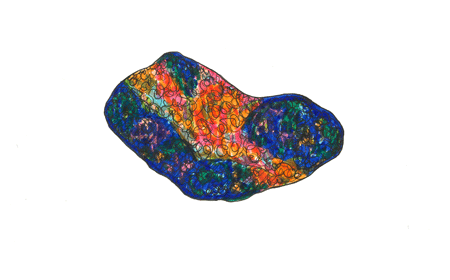
|
Mineral: Gold
Chemical Formula: Au
Critical Element: Gold (Au)
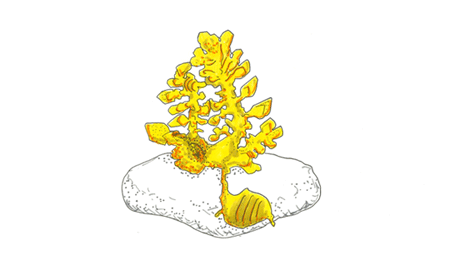
|
Discovery: Chalcopyrite was named in 1725 by Johann Friedrich Henckel but copper has been in use as a metal for at least 10,000 years.
Main Uses: Electrical Wiring, plumbing and roofing, industrial machinery and agriculture.
Top Producers: Chile, China, Peru, US, and the Democratic Republic of Congo
Geological Setting: Chalcopyrite can occur in a variety of settings.
- Pegmatites - Pegmatites are coarse-grained igneous rocks that typically exhibit extreme variations in grain-size, from a few millimetres up to many metres. Pegmatites are typically considered to be residual melts that form during the late-stages of crystallisation of a body of magma. As such they represent the final portion of a magma to crystallise and tend to be enriched in incompatible elements, for example lithium, tantalum, niobium, and caesium. Incompatible elements are those that are not readily incorporated in major rock-forming minerals such as quartz and feldspar, because of their unsuitable ionic radii (size) and/or charge.
- Porphyry deposits, which contain relatively low metal grades, are large volumes of hydrothermally altered rock, centred at the tops of sub-volcanic magma chambers.
- Greenstone belts, where mafic volcanic rocks have been altered by large scale heat and pressure known as regional metamorphism.
Future Demand: The global demand for copper has been steadily increasing and is set to do so for the foreseeable future. However, some academics have warned that we may have hit ‘peak copper’; the point at which copper production hit its maximum. However, copper is a very common element and a short supply of copper will likely see its price increase, making currently unprofitable resources worth mining.
Environmental Issues: The process of separating copper from chalcopyrite releases sulphur dioxide, which can react in the atmosphere to cause acid rain and can also lead to inhalation and respiratory problems. However, it is usually captured and used to make sulphuric acid. Copper mining can have a negative impact on water quality where it is mined. Copper recycling is possible and greatly reduces the environmental impact of the metal.
|
Discovery: Gold has been considered a precious metal across many civilisations throughout recorded history.
Main Uses: Jewellery, dentistry (gold teeth), electronics, medicine and cuisine (edible gold leaf)
Top Producers: China, Australia, US, Russia and South Africa
Geological Setting: Gold is present in tiny quantities in most rocks but concentrations worth extracting are rarer. The two main types of gold deposit are:
- Lode, where warm, salty waters above an igneous body circulate through the soil, collecting trace amounts of gold and depositing them where they cool.
- Placer, where minerals are deposited from rivers where the stream slows down. This can be on beaches or in stream sediments.
Future Demand: 40% of mined gold is stored as an investment, with only 10% being used in industry. Given the amount of gold held in reserve, there will not be a shortage of gold for a long time.
Environmental Issues: Gold mining is very damaging to the environment. Removing gold from the ore may involve mercury and cyanide, both of which are hugely toxic. Gold mining also produces many tons of waste rock because concentrations are so low.
|
Mineral: Graphite
Chemical Formula: C
Critical Element: Carbon (C)
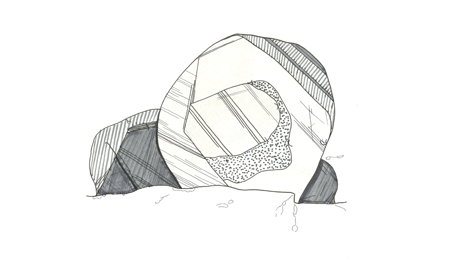
|
Mineral: Magnesite
Chemical Formula: MgCO3
Critical Element: Magnesium (Mg)
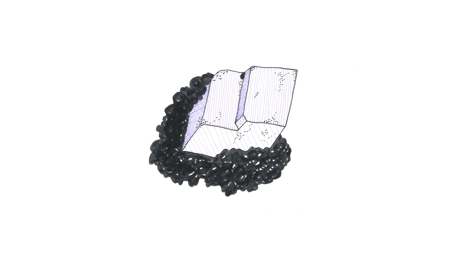
|
Discovery: Graphite was first used in the production of pottery by civilisations in Southern Europe at around 4,000 BC.
Main Uses: Batteries for laptops, mobile phones and electric cars, Steelmaking, Brake linings, Industrial lubricants
Top Producers: China, India, Brazil, Turkey and North Korea.
Geological Setting: Most commonly, graphite is found in metamorphic rocks, where organic material in sedimentary rocks is heated and, crucially, reduced (gains electrons). However, graphite can also be found in volcanic rocks and in meteorites.
Future Demand: Demand for graphite has been increasing because of it’s use in batteries for electronics. Graphite can also be made synthetically from powdered carbon, ensuring sustainable supply for the future.
Environmental Issues: Graphite mining has been known to pollute air and water in China where mines are unregulated. If synthetic graphite production increases in scale, this could solve these environmental issues.
|
Discovery: Magnesite was named in 1808 by Sir Humphrey Davy
Main Uses: Alloyed with aluminium for use in aircraft, laptops, cans and cars, titanium manufacture, steel Manufacture and fireworks
Top Producers: China, US, Russia, Israel and Kazakhstan.
Geological Setting: Magnesite normally forms when carbon is introduced to mafic rocks (rocks with a relatively low silica content) during metamorphism.
Future Demand: Demand for Magnesium has slowly grown throughout the 21st Century. Whether or not it continues to grow is largely down to the growth of China’s economy, as China currently controls 70-80% of supply. Either way, supply is healthy and will in all likelihood meet future demand.
Environmental Issues: In areas of China where magnesite is heavily mined, magnesium contamination has occurred in the top soil. Furthermore, processing magnesium for industrial uses produces sulfur hexafluoride, hydrochloric acid and carbon monoxide, all of which are harmful to the environment.
|
Mineral: Magnetite
Chemical Formula: Fe3O4
Critical Element: Iron (Fe)
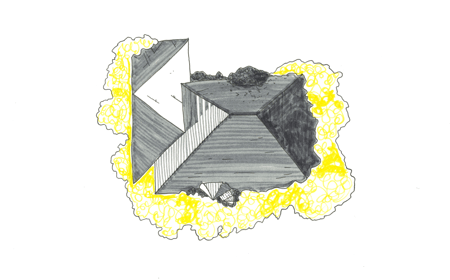
|
Mineral: Monazite
Chemical Formula: (CeLa)PO4
Critical Element: Neodymium (Nd), Europium (Eu), Dysprosium (Dy), Gadolinium (Gd), Lutetium (Lu), Cerium (Ce), Terbium (Tb) and Yttrium (Y).
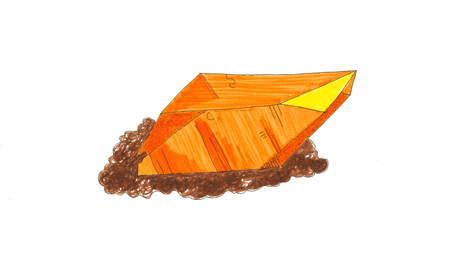
|
Discovery: Magnetite has been in use since Ancient Greece.
Main Uses: Iron is the most mined metal in the world and almost all of it goes towards steel production, with a small percentage used in cast iron production.
Top Producers: China, Australia, Brazil, Japan and India.
Geological Setting: Magnetite is commonly found in beach sands and banded iron formations. Beach sands are made up of rocks that have been broken down by wave action. Banded iron formations comprise repeated layers of iron-rich magnetite or haematite, and iron poor chert or shale. Evidence suggests the banded iron layer were formed under water around the time that free oxygen first began to be released by photosynthesis. This oxygenation occurred in cycles: high oxygen caused iron oxides to precipitate and settle on the ocean floor, while more reduced ocean conditions created more anoxic sediment layers.
Future Demand: Iron demand look set to remain stable in the coming years, however this depends on the economy of China, which uses as much iron as the rest of the world combined. Supply is high, with many countries selling. This allows iron to remain at a constant price.
Environmental Issues: Iron mining can cause acid mine drainage, where water that runs through mines picks up heavy metals, which then contaminated water supply.
|
Discovery: Monazite was first found in a ship's ballast by Carl Auer von Welsbach in Brazil, 1880.
Main Uses: Cerium in monazite can be substituted in its chemical formula with the other critical metals listed above, the Rare Earth Elements. Their uses are:
- Neodymium is used to make magnets which are used in headphones, microphones, hard drives, wind turbines, electric cars and MRI machines.
- Europium is used in TVs, phones and NMR spectroscopy.
- Dysprosium is added to neodymium magnets and is also used in naval sonar systems.
- Gadolinium is used in fluorescent lamps, x-ray screens and PET/CT scanning.
- Lutetium is used in LED lights and PET/CT scanning.
- Cerium is used in TVs, fluorescent lamps, catalytic converters in cars and PET/CT scanning.
- Terbium is used in TVs, naval sonar systems and in PET/CT scanning.
- Yttrium is used in LEDs, cancer drugs and is also used to make synthetic garnets.
Top Producers: China, India, Brazil and Malaysia.
Geological Setting: Monazite is found in igneous and metamorphic rocks. It is a stable mineral and is less affected by weathering than other minerals. Rocks that are heavily weathered therefore contain a higher concentration of monazite. Most economic monazite is extracted from placer deposits, where minerals are deposited from rivers and streams where the stream slows down and particles gather at the edge or the flow.
Future Demand: Demand for Rare Earth Elements, particularly neodymium increased by 8.5% per year between 2010 and 2017. This increase is mainly due to electric car manufacturing. Supply may not be able to cope with this demand. China is the dominant producer of monazite and has a monopoly on the resource.
Environmental Issues: Thorium is a by-product of monazite extraction. Thorium is a radioactive element and therefore has a negative impact on the environment.
|